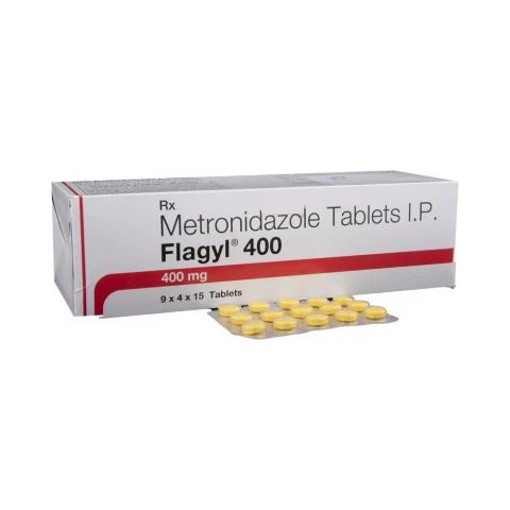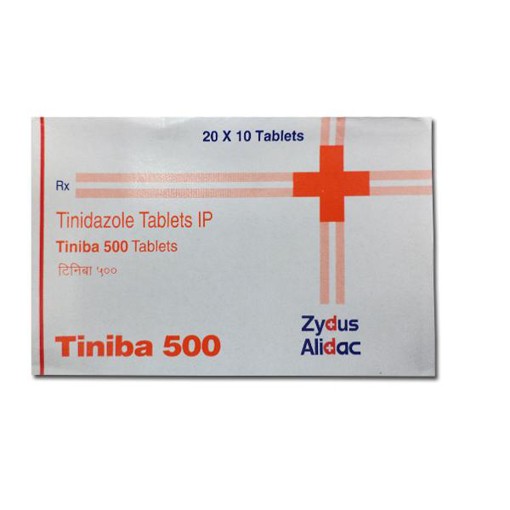anti amebics effective in both tissues and the intestinal lumen include metronidazole and the nitroimidazole derivatives tinidazole and ornidazole. In addition to being active both in tissues and the intestinal lumen, these drugs have the advantage that they are give orally and are most effective therapeutically.
What is the antibiotic for anti amebics?
What is the best medicine for anti amebics dysentery?
What are Antiprotozoal drugs use to treat?
Which tablet is best for dysentery?
disease
- Antiamoebic Drugs Faraza Javed Mphil Pharmacology
- AMEBIASIS Amebiasis (also called amebic dysentry) is an infection of intestinal tract cause by Entamoeba histolytica. The disease can be acute or chronic, with the patients showing varying degrees of illness, from no symptoms to mild diarrhea to fulminating dysentery (Dysentery in which the symptoms are intensely acute, leading to prostration, collapse, and often death).
- The diagnosis is establish by isolating E. histolytica from fresh feces. Therapy is aimed not only at the acutely ill patients but also at those who are asymptomatic carriers, because dormant E. histolytica may cause future infections in the carrier and be a potential source of infections for others.
- Protozoal infections are common among the people in underdevelop topical and subtropical countries, where sanitary conditions, hygienic practices and control of vectors of transmission are inadequate.
Life cycle of Entamoeba histolytica Entamoeba histolytica exists in two forms:
1. Cysts form (That can survive out side the body). 2. Trophozoites form (That are labile and don’t persist outside the body). Life cycle Life cycle consists of following steps:
Ingestion of cysts Cysts are ingested through feces, contaminate food or water.
2. Formation of trophozoites Cysts are pass into the lumen of intestine, where the trophozoites are liberate.
3. Penetration and multiplication of trophozoites Trophozoites are penetrate in intestinal wall and multiply within colon wall. They either invade and ulcerate the mucosa of large intestine or simply feed on intestinal bacteria.
4. Systemic invasion Large numbers of trophozoites within the colon wall can also lead to systemic invasion and cause liver abscess.
5. Cysts discard The trophozoites within the intestine are slowly carry toward the rectum, where they return to cyst form and are excrete in feces.
Anti Amebics
Anti Amebics



